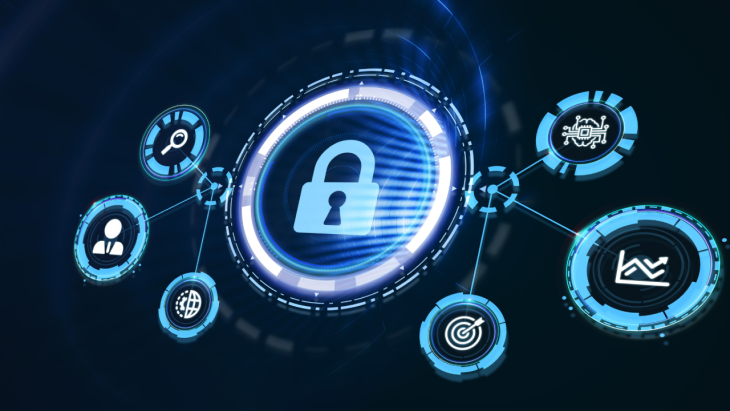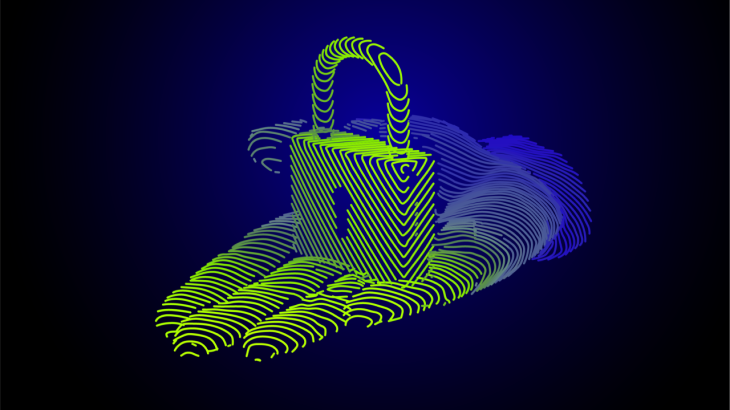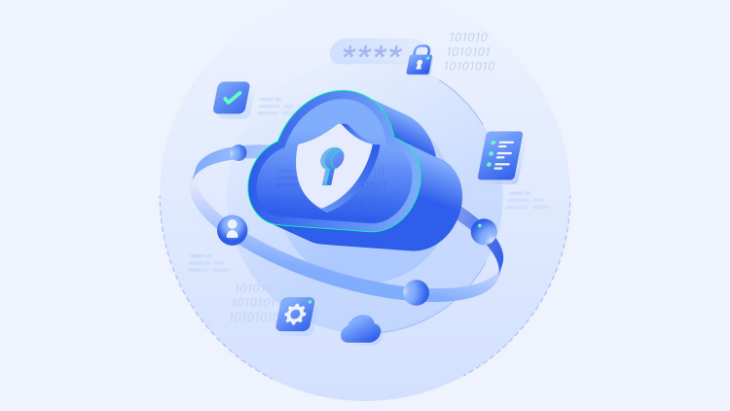
Why SSH Security Matters — And How Kron PAM’s Privileged Session Manager Protects Your Enterprise
Secure Shell (SSH) has long been the backbone of remote administration for Linux/Unix servers and network devices. It replaced Telnet and other insecure protocols with encrypted communication, and today it’s used by virtually every enterprise to connect administrators, developers, and third-party vendors to critical systems. But as much as SSH has become indispensable, it’s also become one of the most exploited gateways for cyber attackers.
The Rising Stakes of SSH Security
In the last few years, attackers have increasingly targeted SSH. In 2023, the Terrapin Attack shook enterprises worldwide by exposing a flaw in the SSH protocol that left more than 11 million servers vulnerable. Just a year later, in mid-2024, the “regreSSHion” vulnerability (CVE-2024-6387) in OpenSSH made headlines as a serious remote code execution risk, reminding organizations that even widely trusted protocols are not immune to critical flaws.
The broader statistics paint an equally concerning picture. According to Verizon’s 2024 Data Breach Investigations Report, nearly one-third of all breaches involved compromised credentials — and poorly managed SSH keys are often at the heart of that problem. IBM’s security report the same year revealed that organizations took an average of 194 days to detect breaches, at an average cost of nearly $5 million per incident. And despite these risks, fewer than 2.5% of the 20 million internet-facing SSH servers were running the latest secure versions of OpenSSH by 2024.
The lesson is clear: while SSH provides secure channels by design, its widespread adoption and mismanagement of credentials make it a prime target. Enterprises cannot afford to rely on default configurations or scattered key management — they need governance, visibility, and control.
Kron PAM: Turning SSH from a Risk into a Controlled Asset
This is where Kron PAM’s Privileged Session Manager (PSM) changes the game. Instead of allowing administrators and vendors to connect directly to critical systems, Kron PAM acts as a secure gateway — brokering SSH sessions in a way that balances ease of use with stringent oversight.
Users don’t need to abandon their favorite SSH clients. Whether they prefer PuTTY, SecureCRT, or MobaXterm, they can continue using familiar tools while Kron PAM mediates the connection. Access can also be launched directly from Kron PAM’s web portal or its desktop client, available on Windows, Linux, and macOS. Behind the scenes, Kron PAM ensures that every session is authenticated, authorized, and recorded.
Authentication itself is flexible but secure. Users can log in with their enterprise Active Directory credentials, their private SSH keys, or even a combination of both. Multi-factor authentication (MFA) can be enforced not only when logging in to Kron PAM but also when connecting to the target device—providing defense-in-depth that goes beyond traditional password-and-key models.
Policies That Match Business Reality
One of Kron PAM’s strengths lies in its policy engine. Administrators can move beyond simple “allow or deny” controls and create policies that reflect real-world security needs:
• Managerial approval for sensitive system logins, ensuring oversight before privileged access is granted.
• Time-based rules that enforce different restrictions during business hours versus weekends or evenings.
• Geo-location checks that leverage Kron PAM’s mobile app to validate a user’s physical location before commands are executed.
• Context-aware controls that can allow or block specific commands based on circumstances—for instance, blocking a shutdown command on a production Ethernet interface while permitting it on a test environment.
This level of nuance ensures that security doesn’t become a blunt instrument. Instead, it adapts intelligently to context, reducing risk while keeping operations smooth.
Visibility and Oversight: Four Eyes in Action
Even with strong policies, real-time oversight is essential. Kron PAM enables administrators to watch live SSH sessions through its Four Eyes feature. This isn’t just about catching mistakes or malicious activity —it’s also a valuable training tool. New employees can be monitored in real time, with senior staff ready to guide them. For third-party vendors, Four Eyes ensures accountability and trust.
And oversight doesn’t stop watching. Administrators can interact with active sessions, sending messages, taking control, or terminating the connection entirely if suspicious behavior is detected. This transforms SSH from an opaque, black-box process into a transparent, manageable interaction.
Auditing Without the Pain
One of the most challenging aspects of SSH security is auditing. Reviewing logs line by line or rewatching hours of screen recordings is inefficient. Kron PAM solves this with indisputable, indexed logging. Every command executed during a session is captured in a searchable format. Instead of combing through entire sessions, administrators can search for a specific command and jump straight to that moment.
For added clarity, sessions are also recorded as video. Admins can replay them at normal or accelerated speed, jump to exact timestamps, and — if necessary — export them as MP4 files. Importantly, no extra applications are required to view these recordings. This combination of searchable logs and video playback creates a gold standard in auditability.
Conclusion: Securing SSH for the Enterprise Era
SSH isn’t going away. It remains the backbone of remote system management, but its ubiquity makes it a constant target. Vulnerabilities, mismanaged keys, and credential compromises can expose organizations to risks that cost millions and damage reputations.
Kron PAM’s Privileged Session Manager transforms SSH access from a liability into a tightly controlled, transparent, and auditable process. By offering flexible authentication, intelligent policy enforcement, live oversight, and powerful audit tools, it ensures that enterprises can embrace SSH without fear.
For system administrators, security teams, and compliance officers alike, Kron PAM doesn’t just protect infrastructure — it restores confidence in one of the most critical tools in the modern enterprise toolbox.
*Written by Hakan Kıral. He is a Senior Product Owner at Kron.
Highlights
Other Blogs

Secure Your Privileged Access: Insights from IBM’s 2024 Cost of A Breach Report
















